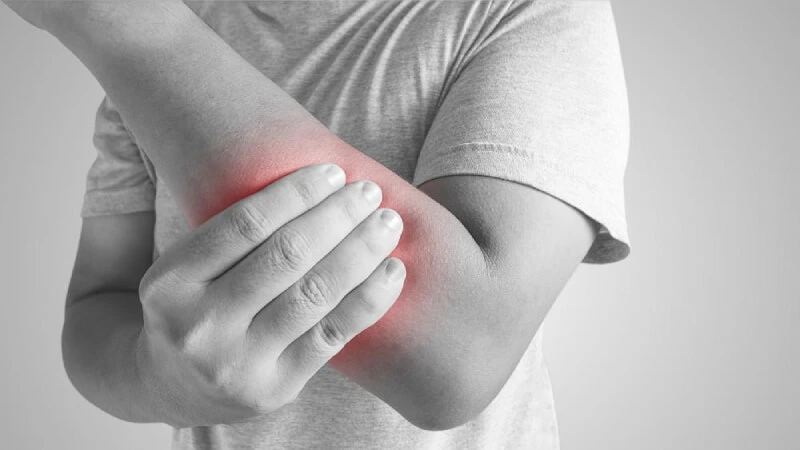8 Nonsurgical Treatments for Chronic or Complex Arm Pain

Arm pain that lasts for months or resists simple treatments can stem from a variety of issues — from pinched nerves in your neck to complex regional pain syndrome. Regardless of the cause, nonsurgical treatments can offer significant relief.
At Spinal Diagnostics, our team specializes in advanced pain management and offers several options to help patients find long-lasting relief without surgery. Below are eight effective nonsurgical treatments for chronic or complex arm pain.
1. Physical Therapy
Targeted exercises can improve flexibility, strengthen muscles, and reduce nerve pressure. A customized physical therapy plan is often a first-line treatment.
2. Oral Medications
Depending on the source of your pain, medications such as anti-inflammatories, muscle relaxants, or nerve pain relievers may help reduce discomfort and inflammation.
3. Nerve Blocks
Injecting a local anesthetic near irritated nerves can provide immediate and lasting pain relief. Nerve blocks may also help pinpoint the source of pain.
4. Steroid Injections
Corticosteroid injections reduce inflammation and relieve pain in areas like the shoulder, neck, or spine that may be contributing to arm pain.
5. Radiofrequency Neuroablation
This technique uses heat to disrupt pain signals sent from nerves, offering longer-term relief for patients with chronic nerve-related pain.
6. Neuromodulation (Spinal Cord or DRG Stimulation)
For patients with complex conditions such as CRPS, neuromodulation may be a game-changer. It delivers mild electrical impulses to disrupt pain signals before they reach the brain.
7. Occupational Therapy
Occupational therapists help patients adapt their daily activities and use assistive tools that reduce stress on painful areas.
8. Lifestyle Modifications
Changes such as improved posture, ergonomic adjustments, and better stress management can reduce triggers of arm pain and support healing.
If you’re struggling with persistent arm pain, contact Spinal Diagnostics to schedule an evaluation. We’ll determine the root cause of your discomfort and help you find the best nonsurgical solution for long-term relief.
